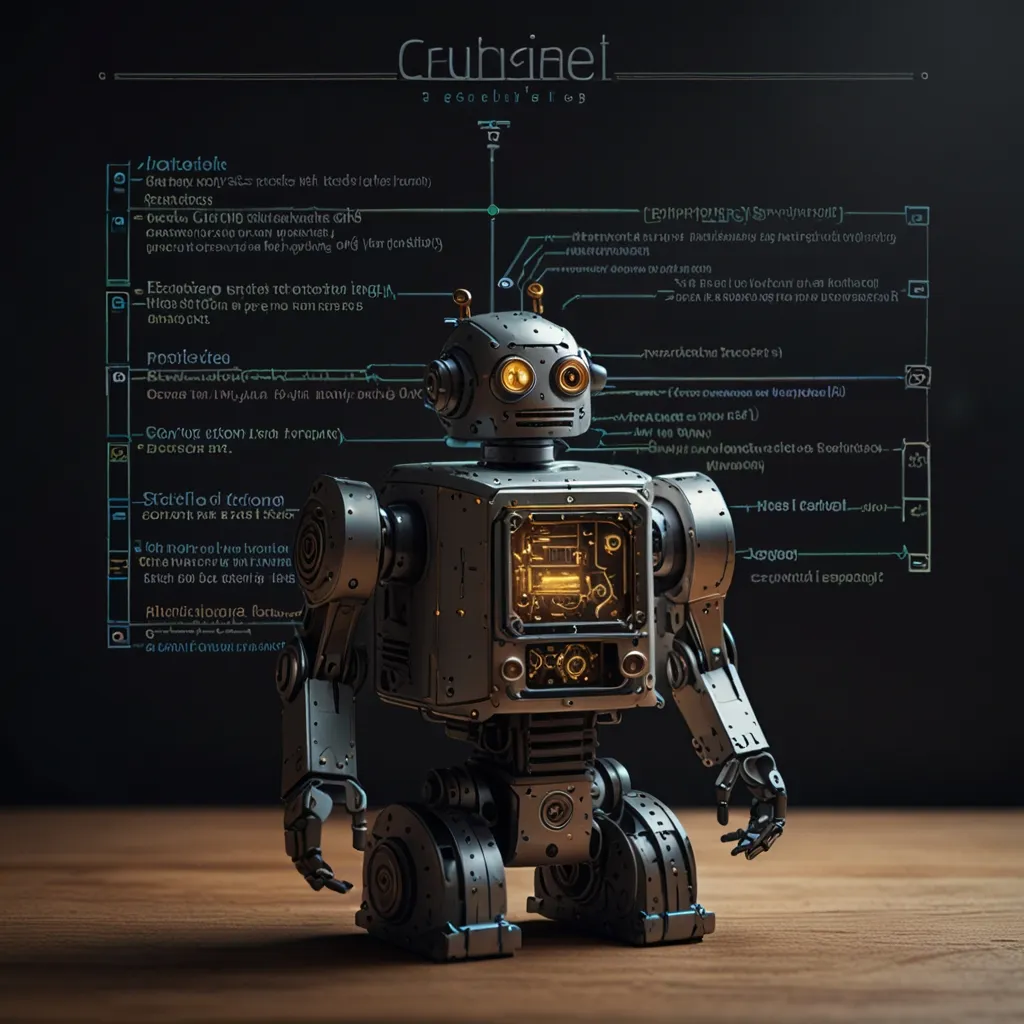Objective-C is one of those tech legends that has persevered over the decades, even as new programming languages try to steal its spotlight. This nifty programming language, birthed in the 1980s by Tom Love and Brad Cox, was initially designed for Productivity Products International before catching the eye of NeXT—a company Steve Jobs founded post-Apple in 1985. Fast-forward a bit, and you’ll find Objective-C playing a starring role in the creation of NeXT’s operating systems. Apple bought NeXT in 1996, and from there, Objective-C became the backbone of macOS and iOS development.
Despite being an older language, Objective-C does have a lot of features that still make it powerful and relevant. Essentially, Objective-C is like a supercharged version of the C programming language. It retains the efficiency of C but adds a bunch of object-oriented features that make it more adaptable and modular. So for developers looking to merge the old-school power of C with the new-age flexibility of object-oriented programming, Objective-C’s got you covered.
One of the hallmarks of Objective-C is its use of header files. Every class file you create needs a corresponding header file laying out the properties and methods. Imagine you have a Person class with properties like firstName and lastName—you’ll need a header file to declare these. Sure, this can be a bit of a hassle, especially for larger applications where you suddenly find yourself swimming in a sea of files. But for many, this explicit structure makes projects more organized.
Another standout feature of Objective-C is that it leaves quite a bit to runtime decisions compared to the compile-time decisions of traditional C. This shift allows greater flexibility during development but also means that managing the code can get tricky. The unique syntax for sending messages to objects instead of directly calling methods sets Objective-C apart from other languages. It can be a weird concept to grasp initially, but once you get the hang of it, it’s pretty powerful.
While Objective-C held the throne for quite a while, Apple decided to shake things up in 2014 by introducing Swift. Designed to be the new crown jewel for iOS, macOS, watchOS, and tvOS development, Swift aimed to streamline the development process with modern programming conventions. Gone are the cumbersome header files and boilerplate code. Instead, Swift introduces a more intuitive syntax that makes it easier for new developers to dive right in.
Swift’s entry has left Objective-C devs at a crossroads. On one hand, Swift is praised for its modern features and simplicity. On the other hand, some developers find Swift a bit unwieldy for certain types of app development, particularly those needing low-level system programming. But let’s keep it real—Swift is generally seen as more efficient and easier to use for most app development tasks.
For developers deep into Objective-C, transitioning to Swift can feel like uprooting a firmly planted tree. Many new APIs and frameworks are specifically designed for Swift, making it tough for Objective-C developers to access these new features without reworking their existing code. So, developers have to pause and think hard about whether the benefits of these new APIs justify the effort of rewriting their codebase in Swift.
Even with the rise of Swift, Objective-C isn’t disappearing any time soon. Plenty of existing apps and codebases are still in Objective-C, and Apple continues to support the language. Some developers even prefer it for tasks requiring explicit memory management or interoperability with C and C++ code. It seems both languages will continue to coexist for the foreseeable future, with Swift taking the lead for new projects while Objective-C remains a trusted companion for legacy code and specific tasks.
When it comes to picking between Swift and Objective-C, the project’s specific needs are the real deal-breaker. Swift is generally the go-to for new projects because of its modern features and superior support for new APIs. However, for projects already established in Objective-C, the cost and effort to migrate to Swift might not be worth it. Sometimes, a hybrid approach mixing both languages can be the most practical solution.
Speaking of the future, while new developments are predominantly geared towards Swift, Apple isn’t likely to ditch Objective-C. There’s just too much existing code reliant on it. So, support for Objective-C will continue, although it might not be at the forefront of new developments.
To sum it up, Objective-C has been a rockstar in Apple’s development landscape for decades, influencing how apps are created. While Swift has become the go-to for new projects, Objective-C still has relevance, especially for specific use cases and legacy systems. Developers need to be savvy about choosing the right tools, weighing the strengths and limitations of both languages to make the best choices for their projects. As technology evolves, Objective-C and Swift’s coexistence will likely remain a cornerstone of Apple’s development world.






